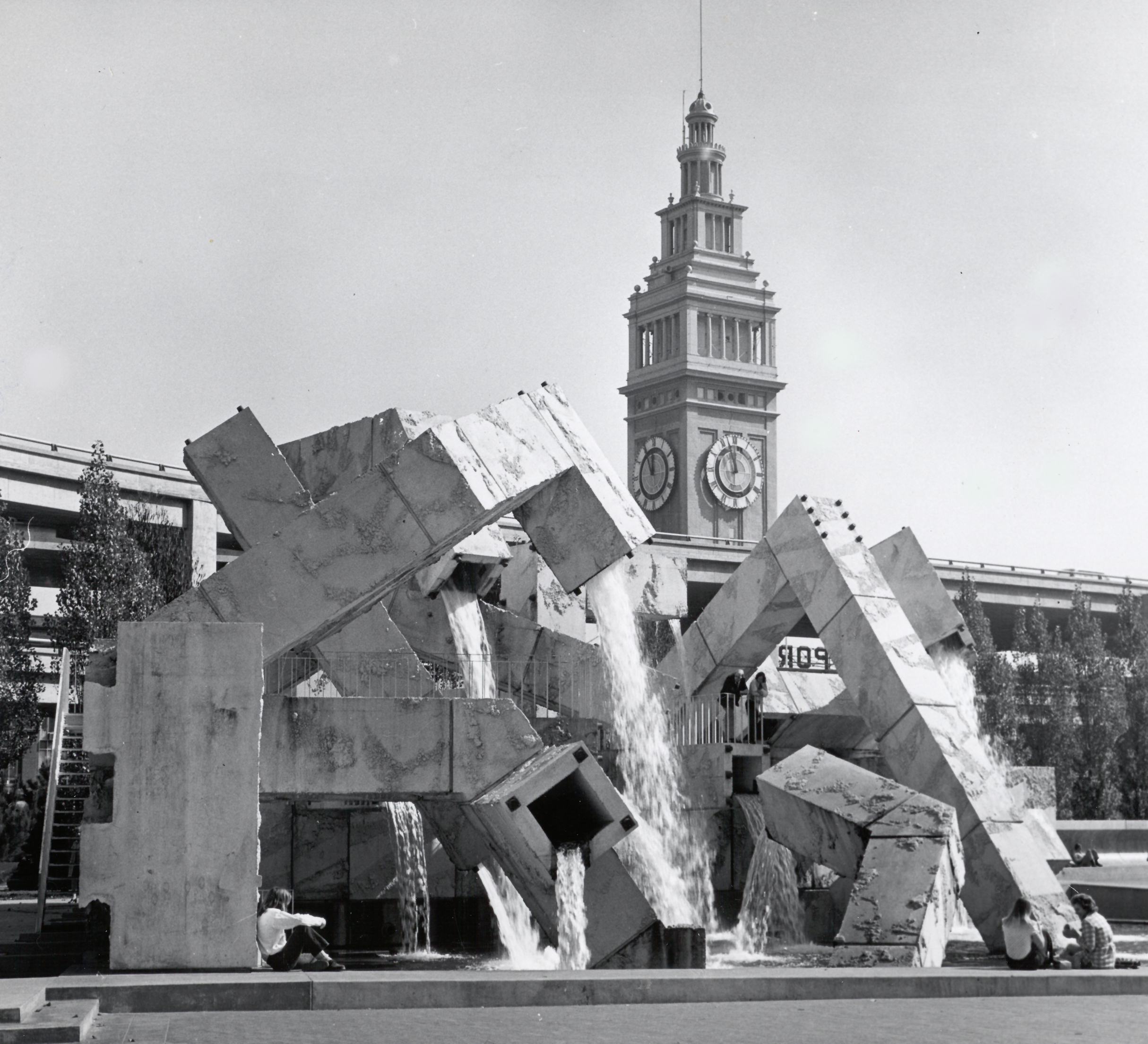
Cantor Exhibit Captures the Sublime Beauty of Man-Made Scars
By Julie Zigoris
In the more than two decades since its invention by scientists, the term Anthropocene — used to define our current age in which human activity is a dominating force — has become so sticky, it’s been applied to all manner of disciplines, everything from philosophy to literature, economics to aesthetics.
Now, for the first time, a new exhibition widens the aperture on the Anthropocene by coupling it with contemporary photography. The traveling show “Second Nature: Photography in the Age of the Anthropocene” includes the work of 45 photo-based artists and comes to Stanford University’s Cantor Center for the Arts from the Nasher Museum of Art at Duke University.
The timing couldn’t be more apt. Southern Californians are reeling with the devastating impacts of wildfire, and a new administration is eschewing the kind of international cooperation intended to stem the most pernicious impacts of climate change. Maggie Dethloff, assistant curator of photography and new media at Cantor Arts Center, is busy adapting the show for their space.
“The Los Angeles fires are looming large in our minds right now,” she said. “And now we can use this exhibition to talk about our very particular circumstances in California and the kinds of climate disasters that we see here.” The images in the exhibition bring to mind the many ways our planet is suffering: rising waters, vanishing ice, extraction of natural resources, the scars of colonization and the reality of climate migration. Yet within the narratives of difficulty, there are chords of hope, too.
Dethloff highlighted a 2011 work by Laura McPhee that captures 40 acres of burned field in Idaho that has drifting fireweed, a work that is both somber and hopeful — and Dethloff is re-writing the work’s label to mention specifically the Los Angeles fires.
“McPhee’s work speaks to the way plants and trees have adapted to survive or even thrive in wildfire scenarios,” Dethloff said. “And it reminds me of how many of our California indigenous communities have for a long time practiced anthropogenic fires.” On the other end of the time spectrum, researchers at the recently founded Doerr School of Sustainable Studies at Stanford use fluid dynamics to try and predict the pathways of wildfires.
The tension between the aesthetic beauty of the images — and the overt destruction they’re depicting — underscores the very core of photography’s capabilities. While there is the danger of compassion fatigue setting in with traditional news gathering, Dethloff said, a beautiful image can trick people into paying attention again. “Yet you also risk aestheticizing a terrible situation and it not being taken seriously,” she said. According to Dethloff, the artists in the exhibition do a good job of skirting that line — like Edward Burtynsky’s work, which is most closely associated with the concept of “toxic sublime,” one of the exhibition’s four sections.

Edward Burtynsky, Lithium Mines #1, Salt Flats, Atacama Desert, Chile, 2017. Pigment inkjet print on Kodak Professional Photo Paper, 48 x 64 inches. Courtesy of Weinstein Hammons Gallery, Minneapolis / Nicholas Metivier Gallery, Toronto. © Edward Burtynsky
The show includes work by David Benjamin Sherry, who creates monochrome depictions of national monuments targeted by the Trump administration for the exploitation of their natural resources. Also not to be missed are images by the Los Angeles-born Todd Gray, who overlaps images from Western and Southern African with those of English gardens, echoing the resource extraction of colonialism.
While Dethloff did not have a direct hand in curating the pieces in the show — that process began more than seven years ago — her background is particularly well suited for preparing curatorial talks on the subject. Her dissertation, “Material Remains: Photography, Death, and Transformation,” focused on photographers’ documentation of the physical manifestations left behind by death: cremation urns, corpses, the belongings of the deceased. These records of decay, Dethloff realized, have a parallel to the human impact on the world being documented in the exhibit.
“Something that has long struck me is the similarity and appearance between these mineral blooms of the copper canisters holding cremation ashes and the lithium mines in the Atacama Desert in Chile,” she said. “It's really the same sort of chemical processes that are creating the colors in both subjects.”

© David Benjamin Sherry, Valley of the Gods II, Bears Ears National Monument, Utah, (detail) 2018. Courtesy of the artist and Morán Morán
The Anthropocene necessarily puts death front and center: How long can humanity survive in a world that is changing so much we are leaving a record of our actions behind in the rock layer?
Given all of the artworks in the exhibition are from the Anthropocene period — created in approximately the last 20 years — there’s lots of experimentation, everything from digital processes to cyanotypes to layering. “The photographers are really pushing the limits of their medium,” Dethloff said.
To explain this new world we’re in, perhaps, new ways of depicting — and new language — are also necessary. Yet the term Anthropocene itself is not without its detractors. Geologists recently rejected its use, and some critics claim it gives too much agency to humans. As the images of Iranian photographer Gohar Dashti suggest, plants are sentient beings as well.
“If we continue to center ourselves as human beings,” Dethloff asks, “will that allow us to make the changes that are necessary?”
These are the kinds of productive questions this new exhibition raises with its images of destruction.
→ "Second Nature: Photography in the Age of the Anthropocene"
Cantor Arts Center at Stanford University
Through August 3
Main Image:
Gideon Mendel, Anchalee Koyama, Taweewattana District, Bangkok, Thailand, November 2011 from the series Drowning World: Submerged Portraits, 2011. Laser print on fabric, dimensions variable. Courtesy of the artist and Axis Gallery, New York & New Jersey. © Gideon Mendel



